Nessie and 20 other Great hoaxes
Categories: World
By Pictolic https://pictolic.com/article/nessie-and-20-other-great-hoaxes.htmlOn November 12, 1933, the first photograph of the famous Loch Ness monster was taken. Although the picture turned out to be a fake, many are still sure that Nessie exists. We have collected the most famous hoaxes that many people still believe in.
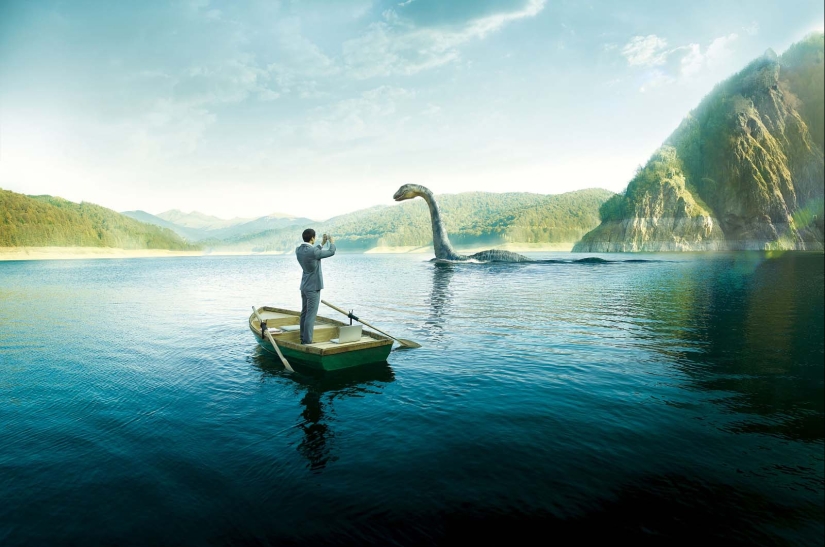
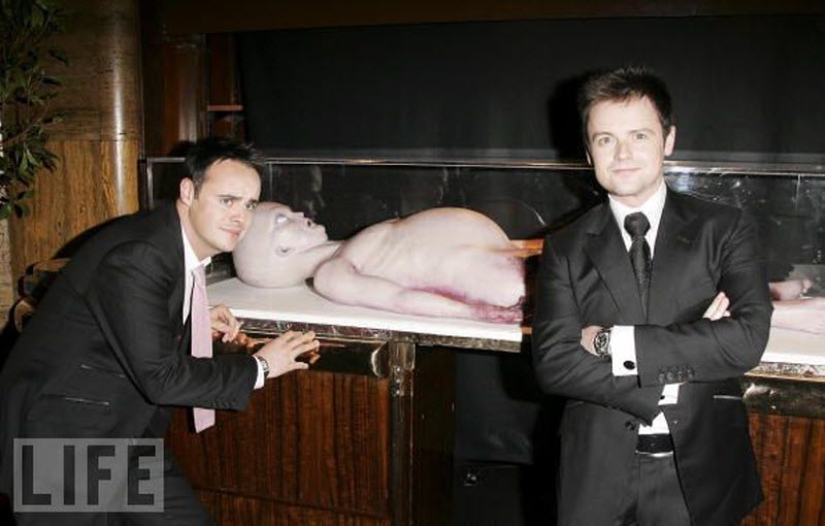
In 1995, English film producer Ray Santilli released a sensational video with the alleged 1947 autopsy of a dead alien (Roswell incident). Later it turned out that it was a fake with a fake humanoid, taken at the initiative of Santilli. In 2006, this incident was played out in a British television comedy with Anthony Mcpartin and Declan Donnelly (pictured).
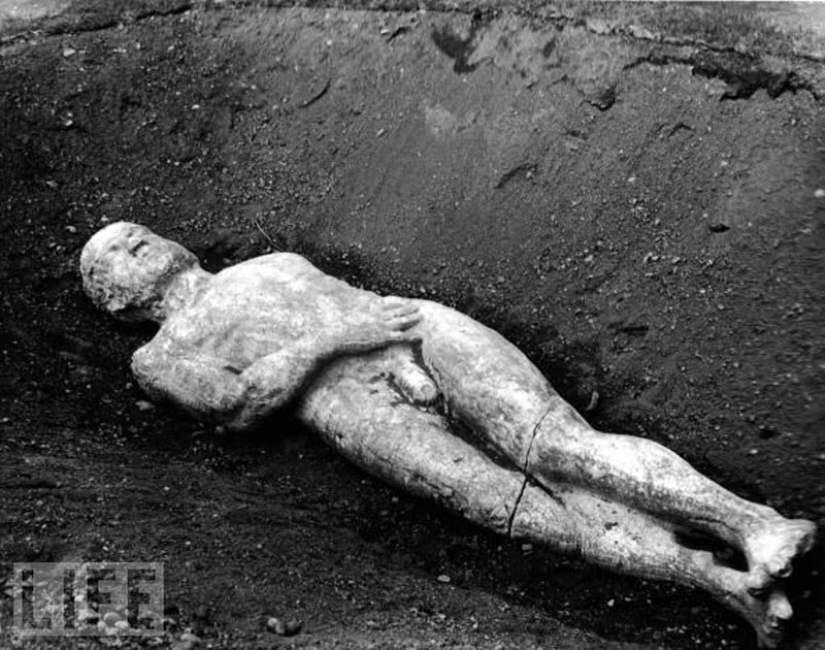
In 1868, the American archaeologist George Hull from Binghamton moved from Chicago to Cardiff, New York, and buried a three-meter giant carved out of plaster on his brother's farm. The giant was clutching his stomach with his right hand, as if he was suffering from pain at the moment of death.
In two years of preparing the hoax, George Hull created the smallest details with the sharpest tools: finger nails, sculptures, nostrils, genitals, pores on the skin. A year later, on October 15, 1869, workers discovered the burial. People believed that there was a petrified giant in front of them, or at least an ancient statue, and tourists in droves knocked down the farm.
The famous impresario P. T. Barnum offered 50 thousand dollars for the find, but he was refused. Then he created his own giant and announced that he had bought the original. A trial ensued, during which each of the parties claimed that the opponent had a fake. As a result, Hull admitted that the giant from Cardiff was a hoax.

On October 15, 2009, the world was excited by the news of a six-year-old boy, Falcon Hin, from Colorado, who was carried away by a homemade balloon. The boy was in serious danger, as he could freeze or crash. When the balloon landed on one of the fields, rescuers hurried to rescue the boy, but did not find him in the basket.
There was information that the boy could have fallen out of the basket during the flight. However, it soon became clear that the boy was alive, healthy and had not flown anywhere, and all this was a prank organized by Falcon's parents. They had previously participated in a reality show and wanted to become famous again. As a result, a criminal case was opened against them.

"Protocols of the Elders of Zion" — appeared at the beginning of the XX century in A collection of texts widely distributed in the world, presented by publishers as documents of the world Jewish conspiracy. Some of them claimed that these were the minutes of the reports of the participants of the Zionist Congress held in Basel, Switzerland in 1897
The texts set out plans for the conquest of world domination by Jews, penetration into the governance structures of states, taking non-Jews under control, and the eradication of other religions. Although it has long been proven that the "Protocols" are anti-Semitic hoaxes, there are still many supporters of their authenticity. This point of view is especially widespread in the Islamic world. In some countries, the study of "Protocols" is even included in the school curriculum. (Pictured is the 2005 Syrian edition of the Protocols).

In 1994 in A "Microsoft press release" appeared on the Internet, which claimed that Microsoft had acquired the Catholic Church. The document contained the words allegedly belonging to Bill Gates: "The combined resources of Microsoft and The Catholic Church will allow us to make religion easier and more fun for a wider range of people." The "press release" was so widely distributed that Gates had to publish a rebuttal. The incident went down in history as the first large-scale Internet hoax.

Another miraculous (and much more confusing) hoax involving Microsoft began around the same time as the "Catholic" incident. Users began to receive fake emails from Microsoft, allegedly offering to participate in a very important study. To do this, you need to forward the received letter to your friends. The company is ready to pay $ 245 for each shipment, but that's not all. If the person to whom the letter was forwarded, in turn, sends it to someone else, then the first sender receives another 241 to $ 245. And so on. There were a lot of people who wanted to earn extra money by forwarding letters.

In April 1985, the American Sports Illustrated magazine published a story about the new acquisition of the New York Mets baseball team. It was reported that this player Sidd Finch (Sidd Finch), who throws the ball at an amazing speed of 270 km / h (almost 2 times faster than other players) and never misses. And this despite the fact that Sidd has not even played this game before.
To achieve such an amazing result, he was allegedly helped by classes in a Tibetan monastery under the guidance of the great lama Milaraspa. As is usually the case, many believed in this story, and Sports Illustrated was inundated with readers' requests to tell more about the unique player. The article was an April Fool's prank invented by journalist George Plimton (pictured).

In 1983, the authoritative German magazine Stern published sensational excerpts from the allegedly discovered diaries of Adolf Hitler. Several notebooks with the "Fuhrer's notes" of 1932-45 cost the magazine several million marks. It soon turned out that Hitler's diaries were fake. The exposure became an even bigger sensation than the diaries themselves. Later it turned out that former Nazis were behind the hoax, seeking to rehabilitate the image of Hitler.

During the last presidential election race in the United States, Republican Vice presidential candidate Sarah Palin became the victim of a telephone prank by Canadian comedian and radio host Marc-Antoine Odette, who introduced himself as French President Nicolas Sarkozy.
In a telephone conversation, Palin managed to discuss with "Nicolas Sarkozy" "political issues, the difficulties of going hunting with Vice President Dick Cheney and, of course, the beautiful wife of the French president." During the conversation, Odette hinted quite transparently several times that this was a hoax, but she did not understand it until the very end. For example, he said that he was following the election campaign with the help of his adviser in the United States, the French singer Johnny Hallyday, and the Canadian singer Steph Carse was called the "president of France" the Prime Minister of Canada. But Sarah showed no perplexity.
At the end of the conversation, "Nicolas Sarkozy" said that he really liked the "documentary" about Palin, while mentioning a pornographic tape called "Nailin` Paylin", shot by the founder of Hustler magazine with an actress similar to Sarah Palin, to which the vice presidential candidate replied: "Great, thank you very much." And only after that Odette opened her eyes to what was happening, telling her his real name and the radio station where he works.

During the 1972 Munich Olympics, the resourceful German student Norbert Sadhaus deftly joined the forty-two-kilometer marathon race when there was less than a kilometer left, easily overtook tired athletes, came first and found himself in the center of everyone's attention as an "Olympic champion". True, his sporting fame did not last long — officials quickly exposed him. But he went down in history as an outstanding joker.
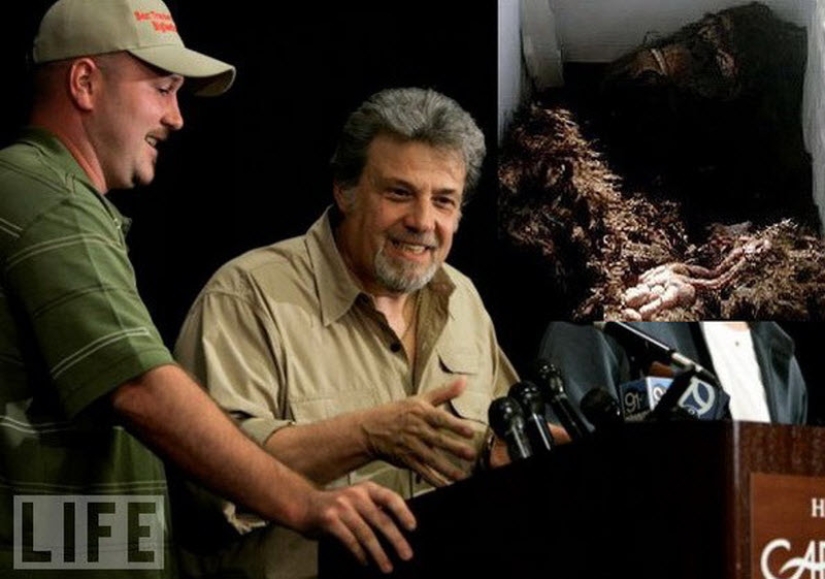
In August 2008, the world learned that science had finally got a snowman at its disposal. True, dead, but in excellent condition. This was announced at a press conference in Palo Alto (California) by "cryptozoologist" Tom Biscardi and two bigfoot hunters - Rick Dyer and Matthew Whitton.
On closer inspection, however, it turned out that the "corpse of bigfoot" is just a rubber gorilla suit. Nevertheless, the hoax was a success: the sensational news about the yeti was not reprinted only by lazy, and photos of a rubber gorilla in the refrigerator still pop up as an illustration for articles about bigfoot.It is noteworthy that in 2005 Biscardi had already arranged something similar and made a good profit by selling access to online views of the remains of bigfoot allegedly at his disposal, which no one saw.
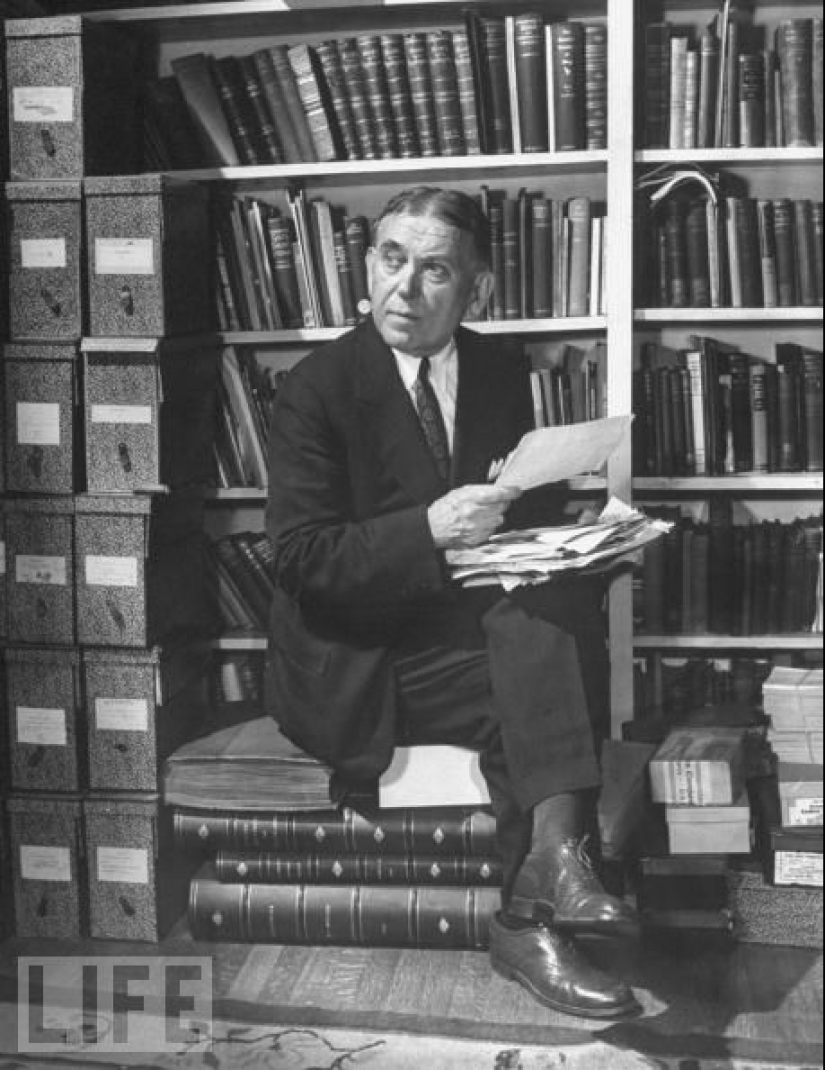
In 1917, a fake history of baths in the USA appeared in the popular New York edition of the New York Evening Mail, written by journalist Henry Mencken specifically to demonstrate how easy it is to put any noodles on the ears of the public through the media.
The article cited the "facts" of how the United States reluctantly accepted the baths that appeared there in the middle of the 19th century. Bathing in the bath was allegedly officially recognized as harmful to health, and therefore in some places these procedures were subject to draconian taxes, significant restrictions or even prohibited. Despite the falsity of the information given in the article or even their absurdity, it has become widely known and has been repeatedly cited in various publications and even serious scientific papers.
Only eight years later, Menken published a self-disclosure. However, it did not particularly damage the reputation of the fake history of baths. For example, in 1952, President Truman quoted Mencken's article in his speech on health care, and already in 2004, the Washington Post cited a false fact from it in the column "I bet you don't know that...".
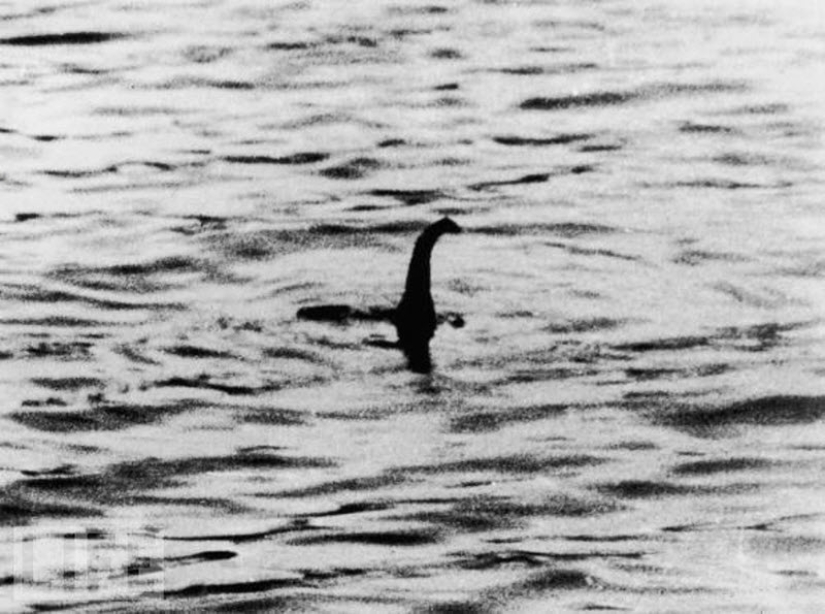
In 1934, the first ever photograph of the Loch Ness monster appeared in the English Daily Mail, the legends of which had been around for a long time. The author of the picture, London surgeon Wilson, claimed that he filmed the monster accidentally when walking in the neighborhood. In 1994, it was established that the Nessie depicted in the picture was a fake made by Wilson and three of his accomplices. Two of Wilson's accomplices voluntarily confessed to what they had done, and the first confession (in 1975) remained without public attention, since faith in the honesty of Dr. Wilson, who seemingly had no motives for deceit, was unshakable.

On April 1, 1998, the Burger King chain published an advertisement in USA Today magazine about a new burger: "Left-Handed Whopper", specifically designed for 32 million left-handed Americans. According to the announcement, the novelty had the same composition as the original Whopper, but all the ingredients were rotated 180 degrees in the interests of their left—handed customers. The next day, Burger King issued a rebuttal, saying that although the "Left-Handed Whopper" was nothing more than a holiday joke, thousands of customers demanded a new sandwich in its restaurants. And an even larger number is the Whopper, designed exclusively for right—handers.

In the early seventies, American writer Clifford Irving became the author of the loudest literary hoax of the 20th century. After a series of writing failures, he decided on a scam: the creation of a fake authorized biography of the eccentric billionaire Howard Hughes. The idea was a success and brought Irving money and fame, but in the end he was accused of fraud and ended up in prison. In 2006, the story was reflected in the film "Hoax" with Richard Gere.
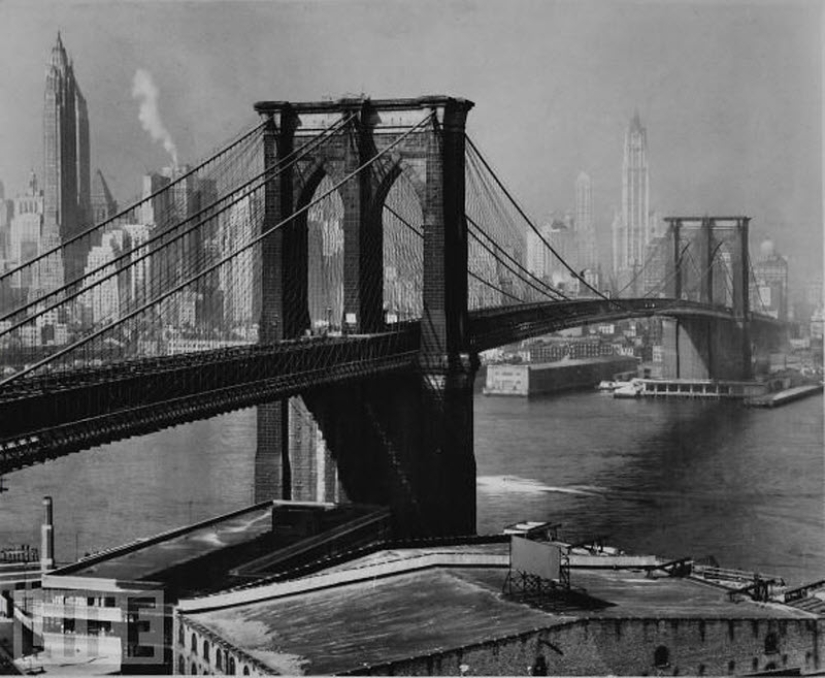
The construction of the Brooklyn Bridge cost $16 million and claimed 26 lives. Subsequently , an unkind fame was fixed behind him by the bridge: A lot of suicides have thrown themselves into the waters of the East River from it. However, the first jump from the bridge was quite "safe". A desperate young man, Steve Brody, allegedly jumped into the water from a height of 42 meters on a bet, which was witnessed by his friends. Later it turned out that Steve's friends had thrown a scarecrow off the bridge, and he himself simply swam to the right place at the right time. But the exposure did not prevent Brody from exploiting the fame of the heroic diver from the Brooklyn Bridge for a long time.
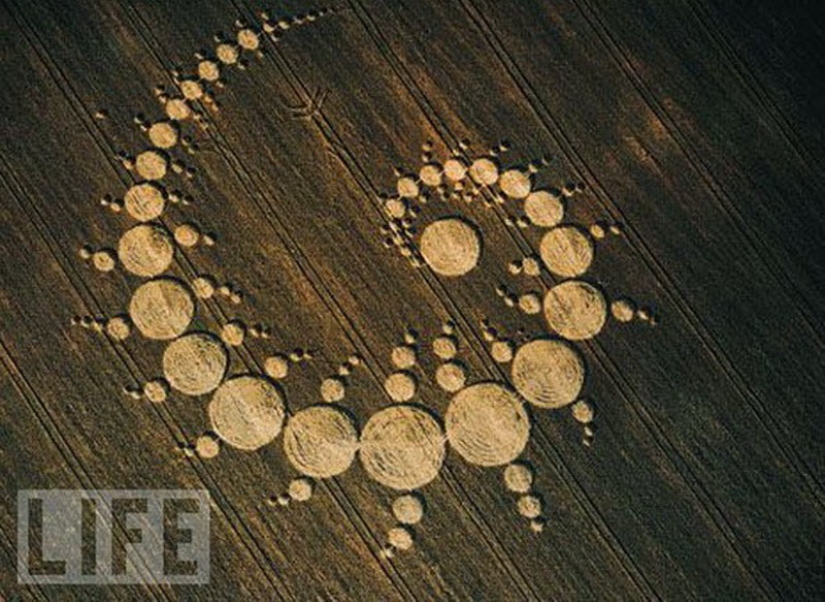
Evidence of mysterious figures in the fields has existed since time immemorial. England is especially rich in them, and especially in recent decades. In 1991, two British artists, Dave Chorley and Doug Bauer, claimed that all the circles discovered over the past thirteen years in English cornfields were created by their hands. They said they had managed to deceive scientists, farmers' organizations and government departments. With the help of poles, boards and ropes, the artists reproduced a completely authentic circle in a cornfield in Kent. However, this convinced a few — it was too prosaic…
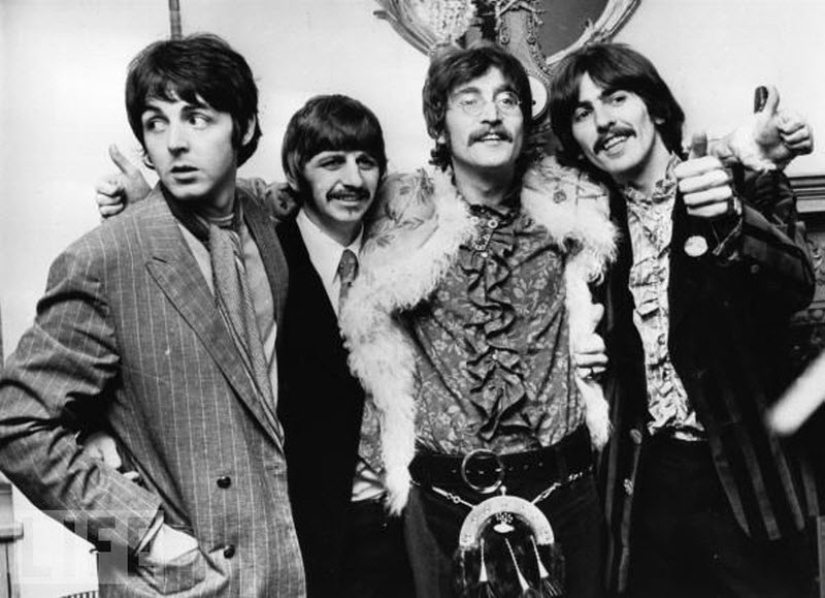
The legend of Paul McCartney's death, known as Paul is dead, claims that Paul McCartney of the Beatles died in 1966 and was replaced by a lookalike with a similar appearance and voice. Supporters of the legend associate the termination of the band's concert performances this year with the death of Paul (although the concerts stopped before the alleged dates of McCartney's death).
As evidence, supporters of the legend use the "keys" in the works of the Beatles (music, lyrics, album cover design), allegedly included there specifically to hint at the death of Paul. Among these proofs are sounds allegedly heard when scrolling the record backwards, various kinds of obscure metaphors in songs, ambiguous images, etc. Some of these "keys" do not agree with each other or with known facts from the life of McCartney and other band members.
It is not always clear whether we are talking about a joke or a "conspiracy theory". The legend of Paul McCartney's death has been repeatedly investigated by sociologists. It was also claimed that rumors about Paul's death were deliberately spread by the Beatles themselves, as a hoax or a publicity stunt. All four band members have repeatedly denied this.
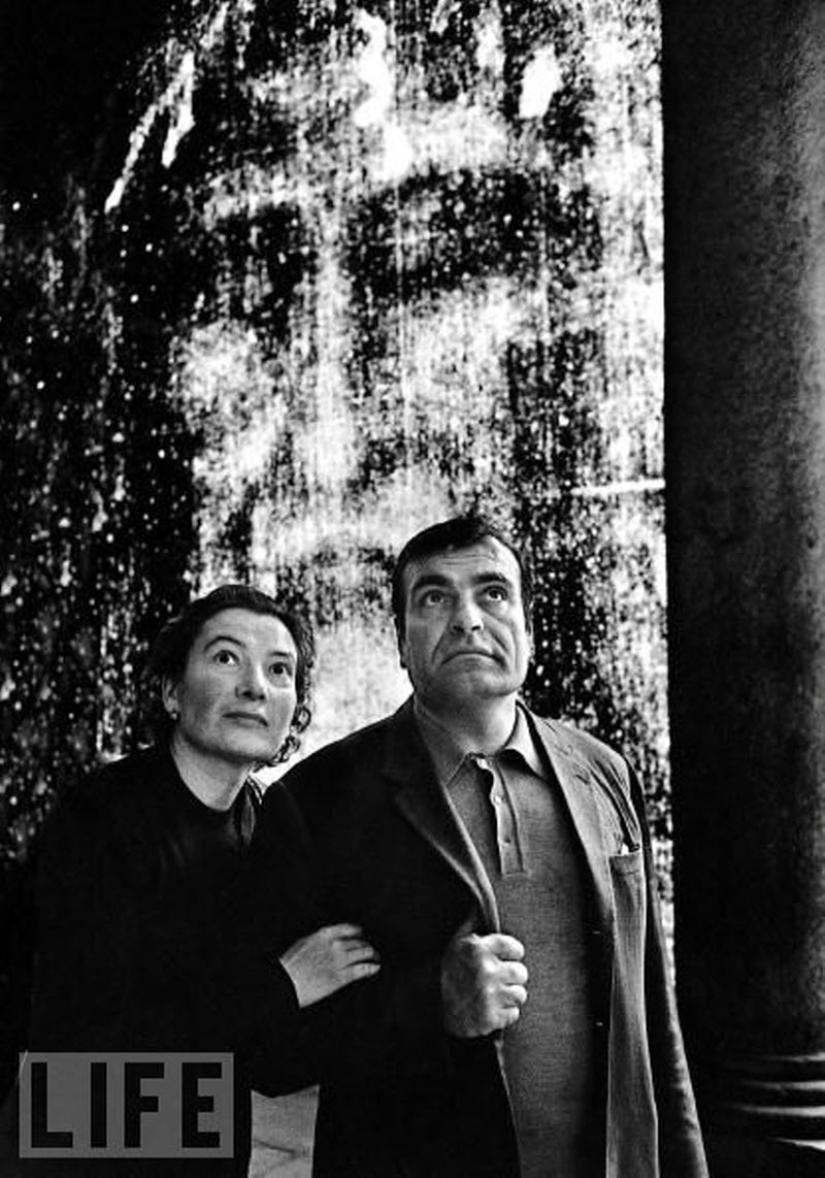
For many believers (as in this photo of the 78th year), the Turin shroud, kept in the Cathedral of John the Baptist in Turin, is an indisputable shrine, but an inquisitive scientific mind is not content with religious dogmas, striving to get to the truth in all its details. Numerous scientific studies — from historical to radiocarbon analysis — have questioned the authenticity of the relic, but it has not yet been possible to refute it convincingly enough, nor to confirm the authenticity of the shroud by scientific means. At the moment, there are at least 1300 recorded hypotheses regarding the Shroud of Turin. According to one of the most popular versions, the shroud is the work of Leonardo da Vinci. Vinci, and the medieval genius himself is depicted on it (this, for example, is confirmed by radiocarbon analysis, which relates the time of the creation of the shroud to the period of Leonardo's life).
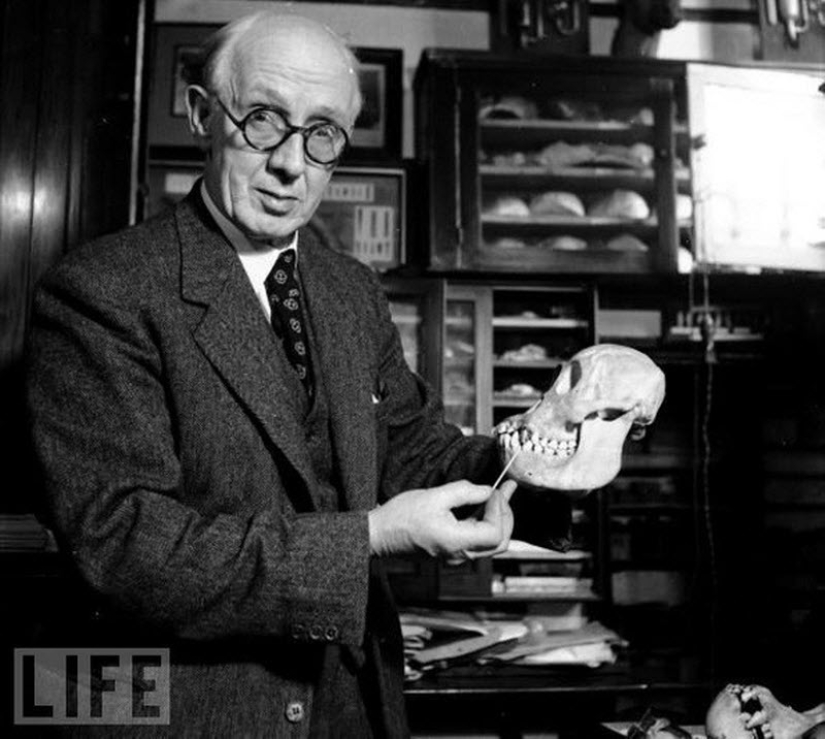
In 1912-13, the self-taught English archaeologist Charles Dawson presented to the scientific world parts of the skull of early hominids, which was the missing link between man and primates, as well as stone tools allegedly found during excavations in the vicinity of the village of Piltdown. The find became one of the main scientific sensations of the century and was such until 1949, when it turned out that the Piltdown man was a clever hoax. Parts of the skull belonged to a man and an orangutan, and the stone tools were only 2-3 thousand years old. The whole complex of finds was artificially painted with a special dye in tones corresponding to the color of ferrous gravel, and the teeth on the jaw were specially filed. However, so far Dawson's guilt has not been definitively proven. Some even claim that Dawson was the only one among the scam archaeologists who did not suspect what was really going on.
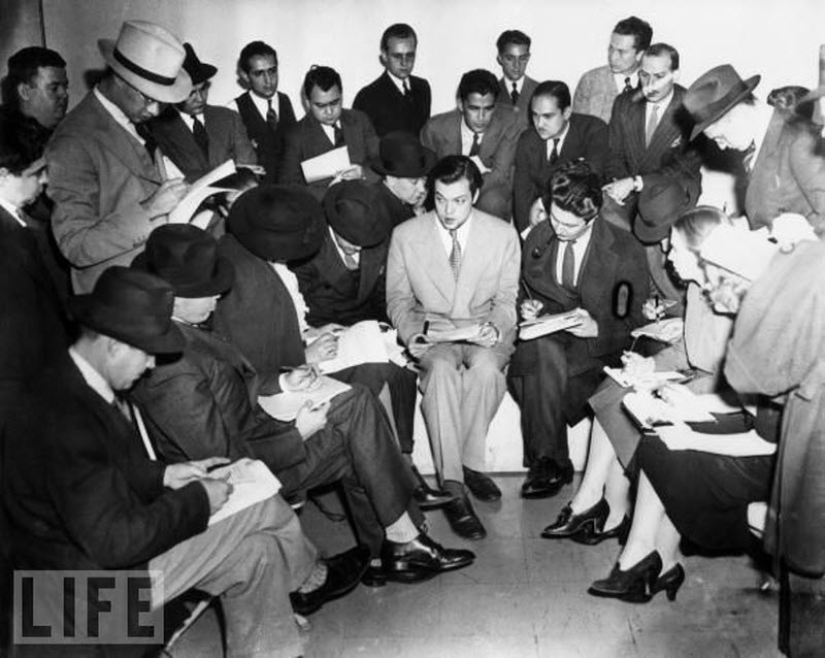
The pseudo-documentary radio drama "The War of the Worlds" by H. G. Wells, directed by his namesake Orson Welles and aired on the eve of All Saints' Day on October 30, 1938, caused panic among millions of residents of the East Coast of the United States and parts of Canada.
The radio performance was made in the form of a report about the real invasion of the Martians. The authenticity of the production was given by playing with the radio scale, that is, the inclusion of other stations on the air, and the fictitious appeal of President Roosevelt. Taking everything for reality, people were hysterical, jumped out of windows, grabbed the first thing they could get their hands on and ran out of houses. The roads were clogged with masses of cars that were rushing, not following the rules.
Phones rang incessantly in state institutions, police stations, hospitals, people begged to save them. Belligerent citizens demanded to open arsenals and distribute weapons to the people, urgently mine the roads along the route of the Martians and even send suicide pilots on planes filled with explosives to them. There were also witnesses who claimed that they had seen with their own eyes all the excesses of the Martians and only narrowly escaped death. Their colorful descriptions only fueled the panic. Fortunately, by morning the passions subsided, people began to calm down and return home, and Orson Welles went down in history as the man who managed to scare America.
Recent articles

Most of us think that the color of the eggshell does not play any role and it is possible not to pay attention. But it's not and ...

The more we rely on technology, the more potential power hackers gain over us. It doesn't matter if their goal is to help or cause ...

Creating a good portrait is one of the most difficult tasks for any photographer. In order to make a really natural and memorable ...